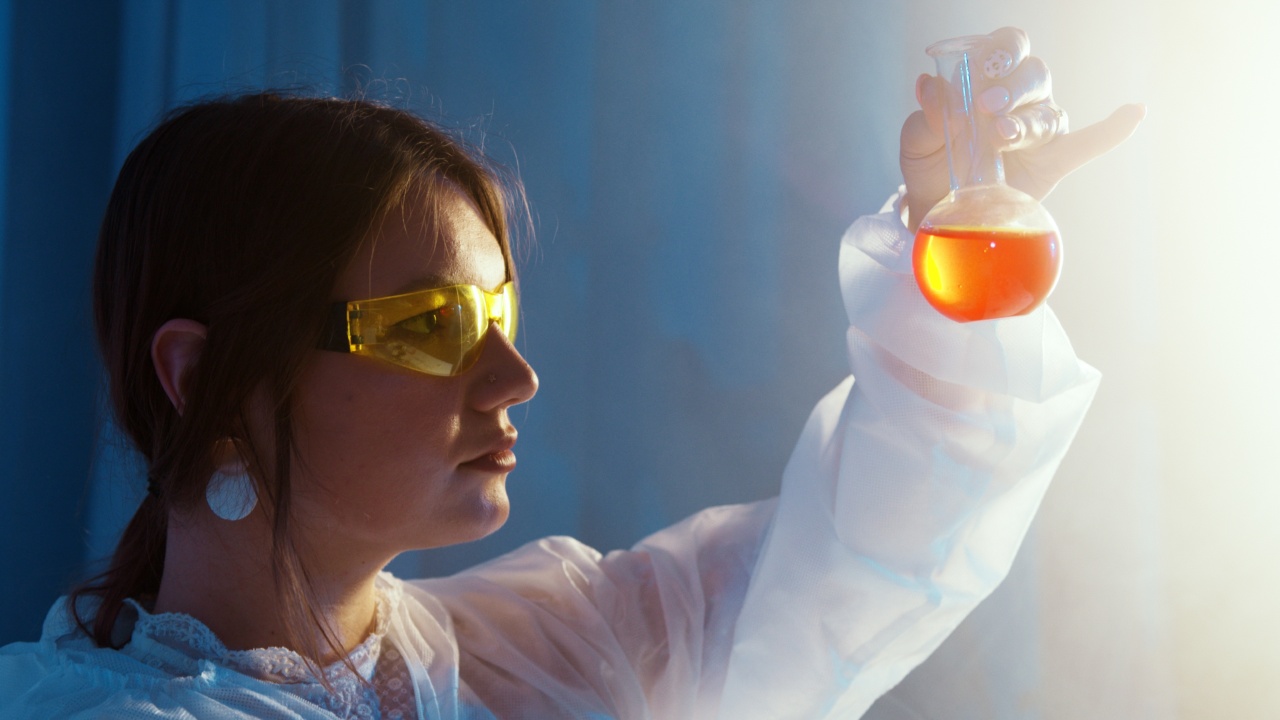For many years, the female orgasm has been a mysterious and often misunderstood topic.
However, recent studies have shed light on a potential link between the female orgasm and what scientists are calling the “Golden Trinity.” In today’s article, we will explore what this connection is and how it could impact the way we think about female sexual pleasure.
: The Basics of Female Orgasm
Before we dive into the specifics of the “Golden Trinity,” let’s first establish what we know about the female orgasm.
For many years, scientists believed that the sole purpose of the female orgasm was to encourage reproduction by making sex more pleasurable and therefore more likely to occur. However, we now know that the female orgasm serves several other purposes as well, including:.
- Exercising and strengthening the pelvic floor muscles
- Promoting emotional bonding with a partner
- Relieving stress and tension
Despite the fact that the female orgasm has multiple benefits, it can still be difficult for many women to achieve. In fact, research suggests that only about 25% of women are consistently able to orgasm during sex.
There are many factors that contribute to this, including physical factors such as hormonal imbalances and psychological factors such as stress and anxiety.
: The “Golden Trinity”
So, what is the “Golden Trinity,” and how does it relate to the female orgasm? In essence, the “Golden Trinity” refers to the interconnectedness of three specific areas of the female anatomy: the clitoris, the G-spot, and the cervix. While these three areas have been studied independently for many years, recent research suggests that they may actually be more closely connected than previously thought.
: The Clitoris
The clitoris is perhaps the most well-known area of the female anatomy when it comes to sexual pleasure.
It is a small, highly-sensitive organ located at the top of the vulva, and is the only part of the female anatomy with the sole purpose of providing sexual pleasure. When stimulated, the clitoris can produce intense feelings of pleasure and lead to orgasm.
: The G-Spot
The G-spot is another highly-sensitive area located inside the vagina, about 1-2 inches up from the vaginal opening. It is often described as a spongy or ribbed area, and when stimulated can produce intense sensations of pleasure.
Studies have shown that the G-spot is connected to the clitoris via nerve pathways, and that stimulation of the two areas together can lead to more intense orgasms.
: The Cervix
The cervix is the lower part of the uterus that connects to the vagina. While it is less well-known than the clitoris or G-spot, it is still an important area when it comes to sexual pleasure.
When stimulated, the cervix can produce deep, profound sensations of pleasure that many women describe as “full body” experiences. Additionally, the cervix is connected to the clitoris and G-spot via the vagus nerve, which is known to be involved in orgasm.
: The Link Between the “Golden Trinity” and the Female Orgasm
While the three areas of the “Golden Trinity” have long been recognized as important sources of sexual pleasure for women, it is only recently that scientists have begun to look at how they are interconnected.
Studies have shown that when the clitoris, G-spot, and cervix are stimulated together, it can lead to more intense and longer-lasting orgasms than when any one area is stimulated on its own.
Additionally, research suggests that the clitoris, G-spot, and cervix are all connected via nerve pathways that are involved in the release of oxytocin, a hormone that is associated with feelings of bonding and intimacy.
This could explain why women who experience orgasms that involve all three areas of the “Golden Trinity” often describe feeling a deep sense of connection with their partners.
: Implications for Sexual Health
So, what does all of this mean for our understanding of female sexual pleasure? For starters, it suggests that the clitoris, G-spot, and cervix are not separate and distinct areas of the female anatomy, but are instead interconnected and interdependent. This means that in order to maximize sexual pleasure and achieve more intense orgasms, it may be necessary to stimulate all three areas at once.
Additionally, the connection between the “Golden Trinity” and the release of oxytocin could have important implications for sexual health.
Studies have shown that higher levels of oxytocin are associated with lower levels of stress and anxiety, as well as increased feelings of bonding and intimacy with a partner. This means that by stimulating all three areas of the “Golden Trinity” during sex, women may actually be promoting their own emotional and psychological well-being as well as their sexual pleasure.
: Conclusion
While there is still much to be learned about the female orgasm and the interconnectedness of the “Golden Trinity,” current research suggests that this connection could have important implications for our understanding of female sexual pleasure and sexual health. By recognizing the importance of stimulating all three areas of the “Golden Trinity” during sex, we may be able to help more women achieve intense and fulfilling orgasms, while also promoting their emotional and psychological well-being.





























